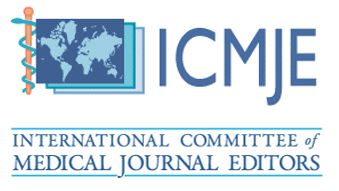Routine Dental Procedure Induced Hemifacial Paralysis—Case Report
Reimy Evangelista De Leon DDS1*, Rafael Cabrera DDS2 and Patricia Guerrero DDS3
1 Adjunct Faculty, Tufts University School of Dental Medicine, USA.
2 Pontificia Universidad Catolica Madre Y Maestra (PUCMM), Dominican Republic.
3 Assistant Professor, Tufts University School of Dental Medicine, USA.
*Corresponding Author: Reimy Evangelista De Leon DDS, Vermont Orofacial Pain Associates, South Burlington, VT 05403, USA.
DOI: https://doi.org/10.58624/SVOADE.2024.05.0192
Received: September 10, 2024 Published: September 27, 2024
Abstract
Hemifacial paralysis, characterized by unilateral facial weakness, poses diagnostic challenges due to its potential overlap with various conditions. This case report explores the differential diagnosis of hemifacial paralysis and distinguishing between underlying causes. Facial paralysis as a complication from routine dental procedures is rare but significant. This case report details the incidence of unilateral facial paralysis following a right-sided posterior superior alveolar nerve block during the restoration of tooth #1 in a 51-year-old male. The patient experienced immediate numbness and facial asymmetry, persisting over four weeks despite initial reassurance from the dentist. Differential diagnoses considered included Bell’s palsy, stroke, Ramsay Hunt Syndrome, space-occupying lesions, Lyme disease, and nerve injury. Comprehensive testing ruled out these conditions, and Bell’s palsy was suspected. Treatment with methylprednisolone led to significant improvement, with complete recovery noted within two weeks. This case highlights the importance of timely diagnosis and treatment of facial paralysis, emphasizing the potential benefits of early steroid intervention even when the exact cause is uncertain.
Keywords: Hemifacial Paralysis; Bell Palsy; Facial Nerve Injury; Orofacial Pain.
Citation: Evangelista De Leon R, Cabrera R, Guerrero P. Routine Dental Procedure Induced Hemifacial Paralysis—Case Report. SVOA Dentistry 2024, 5:5, 202-206. doi:10.58624/SVOADE.2024.05.0192











